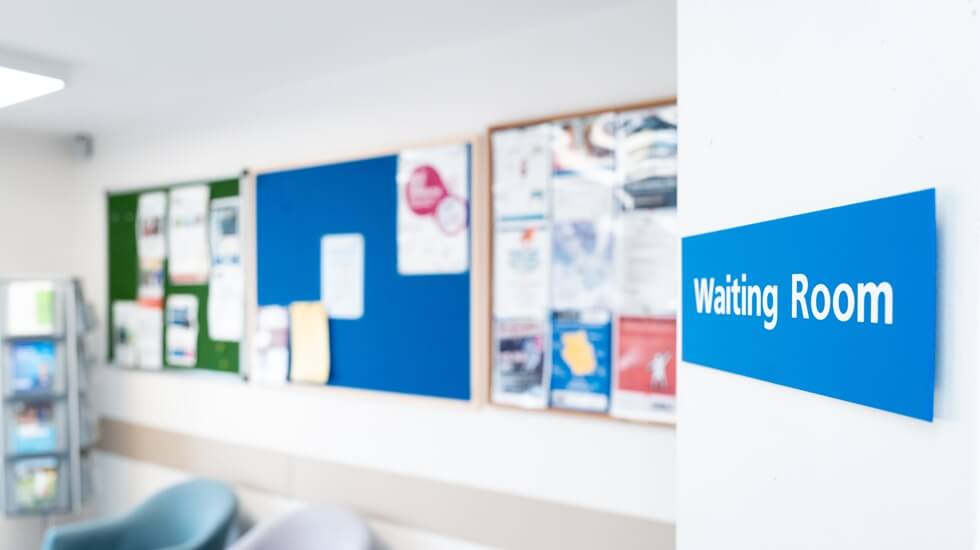Office lobbies are often hubs of activity, from employees moving about with administrative work to visitors signing in or stopping by to ask questions. As one of the most public-facing spaces in any business, it is essential that the lobby highlights everything that makes the company unique.
This first impression can make or break a customer’s decision to engage with the business or recommend it to friends and custom indoor signs can be one way of piquing their interest. Signage is attention-grabbing because people understand out of habit that signs usually contain important information.
However, simply plastering your logo onto a sign and hanging it in the corner won’t necessarily get your brand identity across. Here are a few do’s and don’ts when it comes to designing an office lobby, from signage to layout and more.

Do:
Embrace brand identity
Your brand is unique, or at least it should be if you want to stand out from the competition. Rather than feeling self-conscious about whether this identity fits in, embrace what makes your business unique! Use décor, such as custom indoor signage, to proudly demonstrate what differentiates your business, from cohesive designs that communicate your orderly and thoughtful business, to logos that keep your company top of mind.
Décor need not be visual, either. For instance, if your business focuses on providing a relaxing atmosphere (think a spa, hotel, or even a medical facility that wants to keep patients calm), embrace soft seating and rounded decorations and signage. Conversely, for businesses staying on the cutting edge (e.g., tech, finance), angular furniture and signage can convey identity without words or images.
Think about the layout
When a customer comes into the lobby, how difficult is it to find what they’re looking for? Designing an office lobby layout should be done with navigation in mind. Avoid putting large, obstructive decorations or seating arrangements between the door and the main destinations, hallways where visitors must go when called, the front reception desk, and so on.
Similarly, consider what visitors will be doing in their spare time, such as when waiting to be attended to. Is it easy for them to find a place to sit or wait? The layout of an office lobby can say a lot about what a business values, including visitor comfort. Cumbersome layouts can come across as cold and impersonal but may feel more welcoming with the right flow and signage for guidance.

Preserve space
For the sakes of both employees and visitors, avoid overdesigning the lobby. A space full of comfortable seating, coffee machines, and other amenities can still be overwhelming if it requires people to shimmy past each other because there is only a one-person width of space to move.
This is especially important for workers, who need room to go about their business without constantly being slowed by others in their way. Leave enough room around the entrance (or modify it) so that people coming and going are not using the same door.
Don’t:
Create distractions
Interesting installations can be well and good, but what effect do they have on the people in your lobby? Are workers struggling to concentrate because an aesthetically pleasing water feature is sputtering all day? Is there loud or repetitive music that can distract from workers’ attention?
This issue goes both ways: employees might struggle to get work done efficiently, and visitors might not pay attention to the things you want them to because they can’t focus. In some instances, less is more.
Forget first impressions
What is the first thing that visitors (and even employees!) see when they enter the lobby? A striking first impression can hit like a lightning bolt, cementing your position in a visitor’s memory. Consider eye-catching installations, such as backlit metal signs with your logo or an important design. These can not only associate your brand with a specific color or pattern but also help people find your business in the first place!
Ignore color psychology
Color psychology is the concept of how the colors people see impact their opinions or feelings. When creating signage and other office lobby designs, be sure not to neglect the role that color can play in what people think of the business.
Certain shades of blue might make both customers and employees feel sluggish and sleepy, while red can quickly become grating for workers who need to look at it all day.

Show Off Your Company’s Creativity and Identity
Your company is one in a million, and it should have décor that captures that. Designing your lobby with care is a top priority for anyone who wants to see their employees succeed and their customers return. ShieldCo Signs helps businesses demonstrate their identity by proudly displaying custom signs that blend the efficacy of business advertising with the artistry of truly creative design. Contact ShieldCo Signs to explore your custom options!
